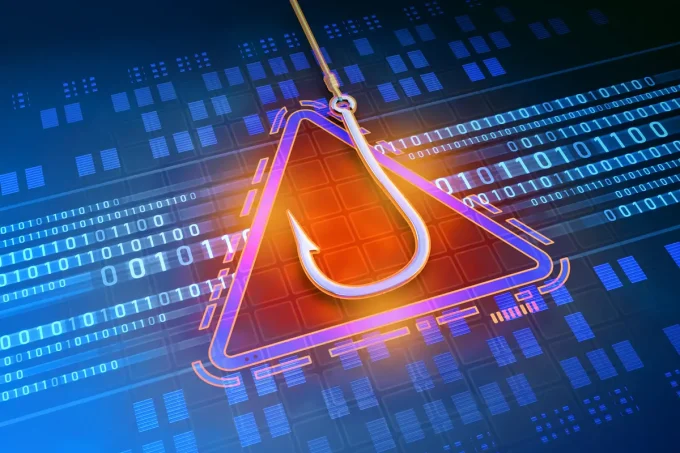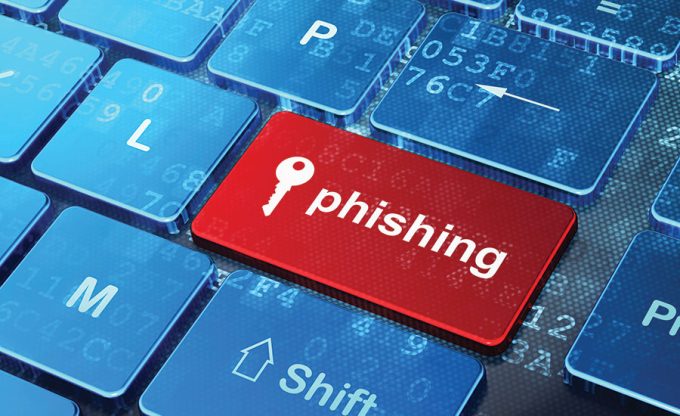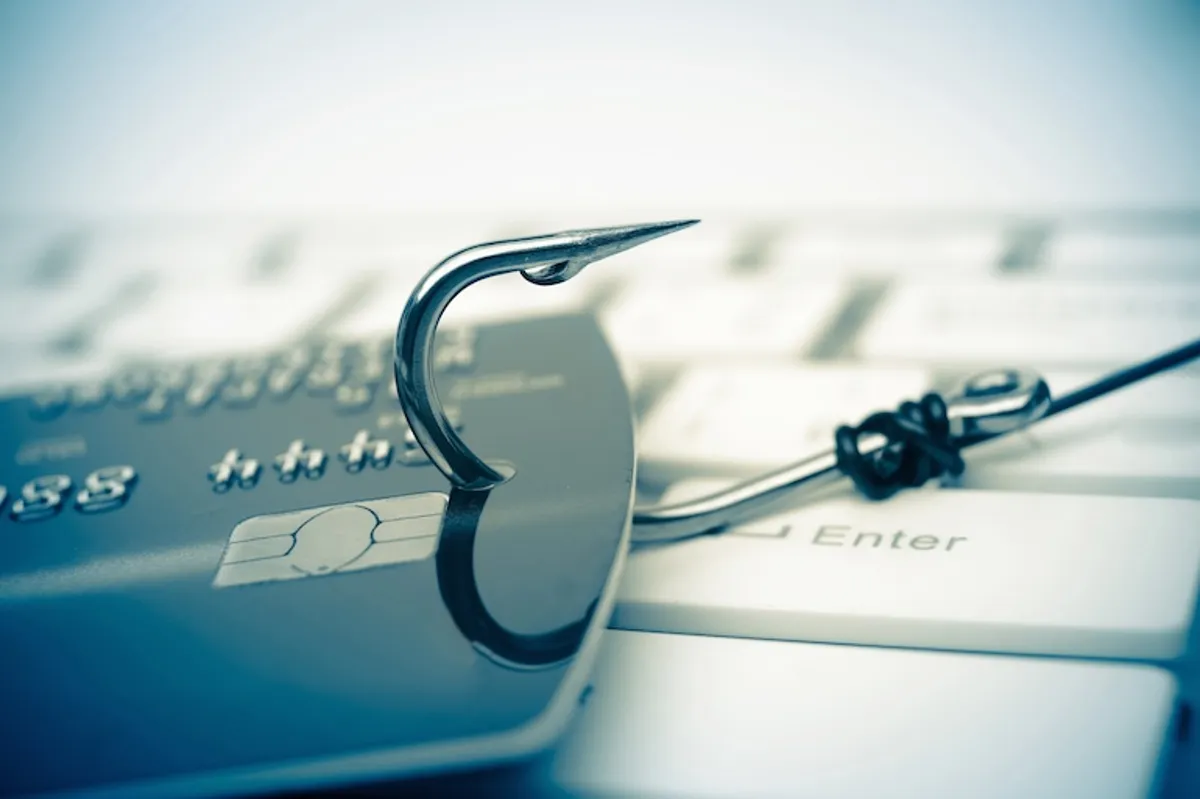Do you know what Phishing is and how you can protect your business and your customers from these internet attacks?
Today we are going to give you tips to minimize these risks and increase the security of your company’s information.
With digital traffic increasing year on year, reaching an estimated 4.66 billion global internet users in 2024, and approximately 5.22 billion smartphone users, cybercriminals have found the ideal environment to commit illicit acts, or cybercrimes.
Cybercrimes are all malicious practices on the internet and/or that depend on any digital action, such as replying to an SMS, for example.
The list of internet attacks that a person can be exposed to is quite extensive, and can cover:
Viruses harmful to the device, access to bank passwords, impersonation, selling data, spying on public bodies, extortion, usually in exchange for recovering a website’s database, among others.
Understanding how some of these practices work can bring you a huge advantage: knowing how to defend yourself.
So, now see what one of these cyber crimes, Phishing, is all about.
What is Phishing?

The term Phishing does not have a literal translation, but it originates from the word “fishing” , which means “fishing”.
It is a cybercrime that aims to “use a bait and fish” careless internet users to steal personal and/or banking data, from CPFs to passwords and card numbers.
Whoever collects this data will use it for malicious purposes, such as making improper bank transfers, online purchases, a new identity, selling it for other fraudulent activities, or even restarting the attack cycle.
According to the APWG (Anti-Phishing Working Group) Phishing Activity Trends report, corresponding to the third quarter of 2024, the number of phishing attacks has doubled since the beginning of 2020, with about 34.9% of them targeting financial institutions and payment providers.
Unlike other types of cybercrimes, Phishing is considered one of the least complex to apply and one of the most efficient.
That’s because it doesn’t depend on setting up a structure and using advanced techniques to invade a server, computer or any other device to get the data you want.
On the contrary! In Phishing, who facilitates the collection of this data are the internet users themselves.
How does a Phishing Attack work?
Phishing attacks usually occur via email , but there are also cases where they happen through other communication channels, such as SMS , social networks , instant messengers, advertisements and even voice calls.
Cybercriminals create and send bulk, or even personalized, messages with a domain or content known or familiar to the user, hoping that some of the senders will open.
From there, several strategies can be used:
- Encouraging the user to click on a link that will take them to a suspicious website or application, in this case, the website may contain an area where it requests user data and/or passwords;
- Make the user download an attached file, or execute it, giving permission for fraudsters to access their device;
- Request an online payment to resolve an urgent issue or settle a debt;
- Request confidential data to proceed with any request;
- Install malware, or malicious software, that can collect data or block functions of the device used, encouraging the user to receive contact from a malicious “technician”;
And, there are opportunities where criminals can even establish relationships with the user over networks to gain their trust, pretending to be a real salesperson or attendant, and once they get the desired data they disappear.
Therefore, the way in which the fraud will happen can vary, since the Phishing attack is planned according to the cybercriminal’s goals.
But what usually persists is that all evidence of the attack is destroyed after getting the data, such as the email accounts or social networks created to fire the baits (messages), or the phone chip used to make calls.
Main types of Phishing

Follow now how the main types of Phishing known today: Spear Phishing, Clone Phishing, Whaling and Vishing.
The common feature between them is that they all occur through electronic communications.
Contrary to what many think, it is not just the elderly public or children who are vulnerable to this attack.
Phishing can also target high-ranking people in companies or government agencies, as well as more experienced internet users.
Spear Phishing
Spear Phishing is a non-general type of Phishing, that is, it has a specific target, which can be a person or company.
Instead of sending mass emails and messages, waiting for a response from some people, in Spear Phishing cybercriminals study the victim’s information collected on the internet, such as name, title and close people, to create personalized texts.
Thus, they make the victim think that the message comes from an acquaintance or someone at work to request a payment or confidential data.
Clone Phishing
In Clone Phishing, the fraudster’s idea is to clone an original email received by the victim, replacing the original links or attached files with malicious ones.
By clicking on these links that seem reliable, as they come from an already known email, the victim’s data can be collected, even serving as a basis for sending other emails to other known victims of the first one.
Whaling

The Whaling attack, also known as CEO fraud, is a Phishing practice, which uses fake emails and websites to deceive directors, entrepreneurs, managers and other high-ranking people, hence the derivation of the name “whales” ( whales), which in this context would mean “fishing for big fish”.
The fraudster uses this method to gain access to and steal sensitive data and high-value corporate systems, as well as to use it in fraudulent actions.
In this case, the criminal pretends to be someone important in a company or at the same hierarchical level as the person he wants to target, and usually has a more personalized approach due to the ease of obtaining business information, such as descriptions and posts published on social networks or other channels.
The victim, then, may think that the emails or messages received come from within the company where he works and end up passing bank or personal details, as requested, or think that he may be a possible business partner.
How to Prevent and Avoid Phishing?
Although Phishing is more difficult to control, because it is an attack that depends exclusively on the user’s own action, and not on a systemic vulnerability, some good practices can be adopted to minimize the risks of falling for this scam.

After many searches on the internet to understand how to prevent these attacks, we came to the conclusion that the strategy is unanimous: to distrust everything and everyone .
Jokes aside, being suspicious and being cautious when analyzing any email, link or file you received, as well as being suspicious of calls in which the attendant is very interested, in a hurry to close a deal or promising worlds and funds, is a good start. It is always a good idea to identify the owner of the phone number and verify their identity with a reverse lookup service before giving away any critical information. Read more on this blog to learn about such products and services.
In companies, creating an anti- fraud sector is essential, even if it is formed by a small team.
This is because this sector will be able to focus all its time on monitoring these threats , alerting about any suspicious message and acting in a predictive way on an eventual attack, or to quickly repair it if it happens.
In addition, companies should also be concerned about the scams applied to their customers .
As the modus operandi in Phishing attacks is generally to use the characteristics of brands known to consumers, it is essential that you make it clear to your leads and customers what your official communication channels are.
Conclusion

With the advent of the internet, many things have changed in people’s lives: the way of shopping, which now requires an in-depth price comparison on the internet, interaction with friends, between customers and companies and even the way to teach and learn any subject.
On the other hand, the internet is a network that harbors many people with bad intentions, who take advantage of any vulnerability to apply scams.











